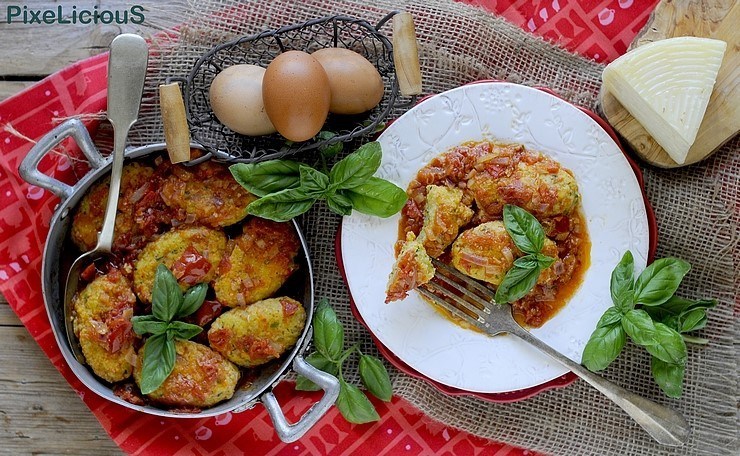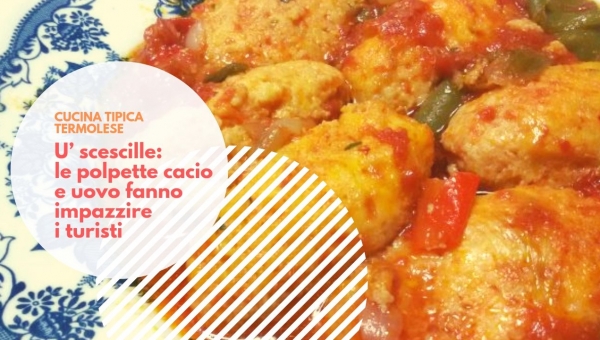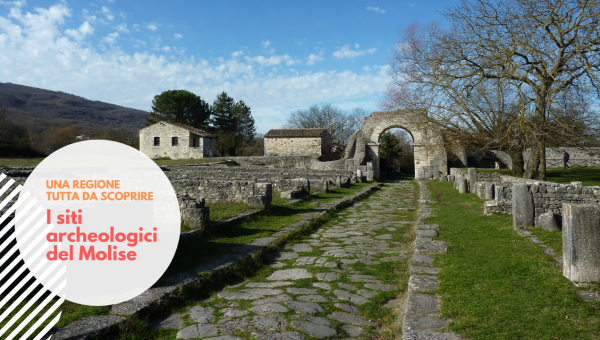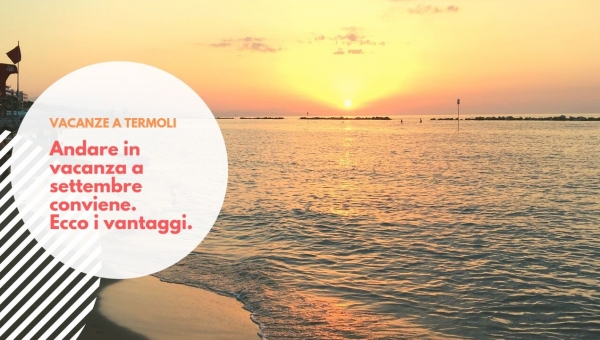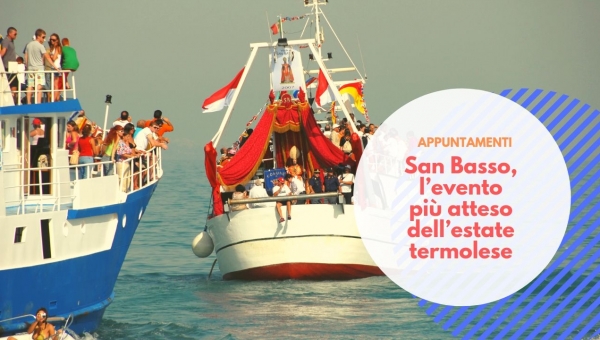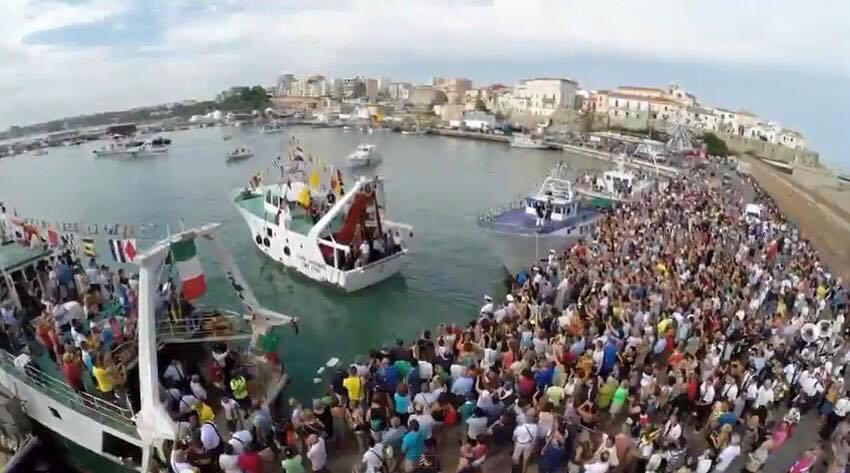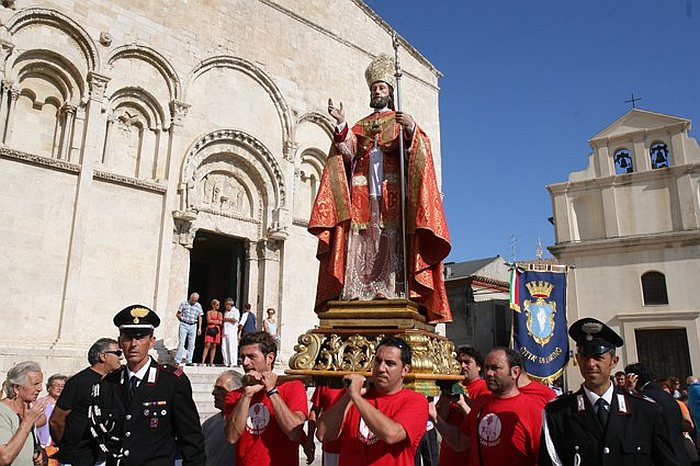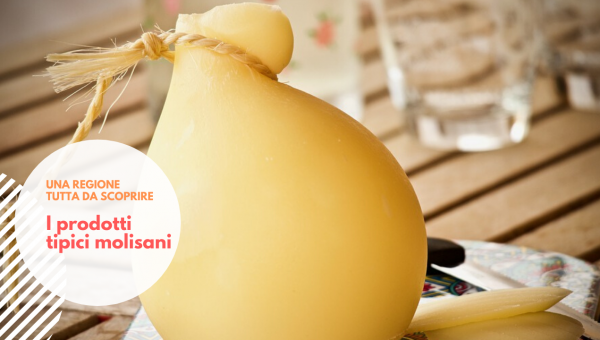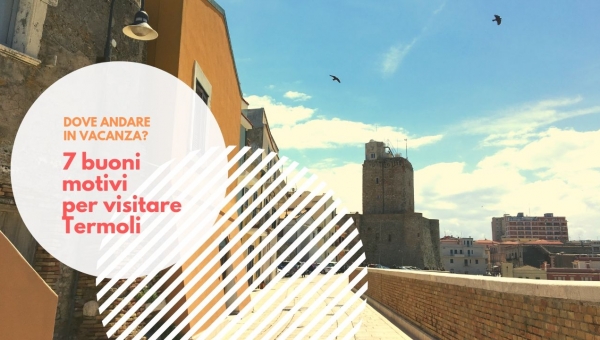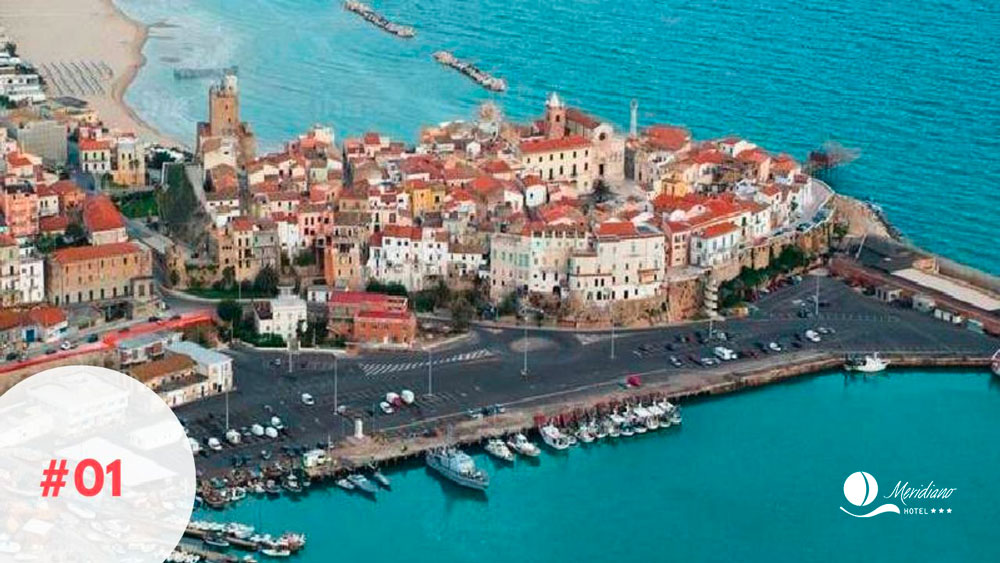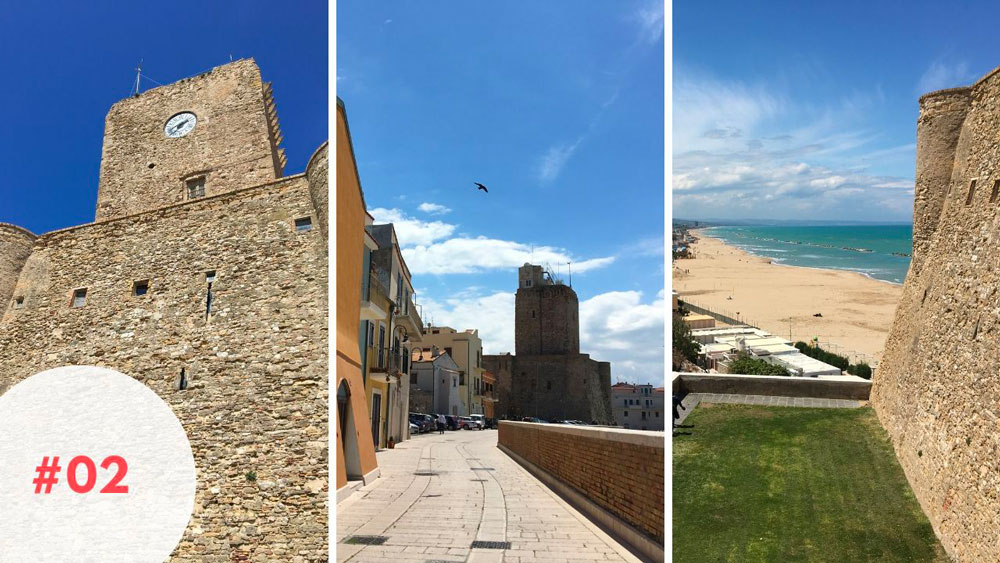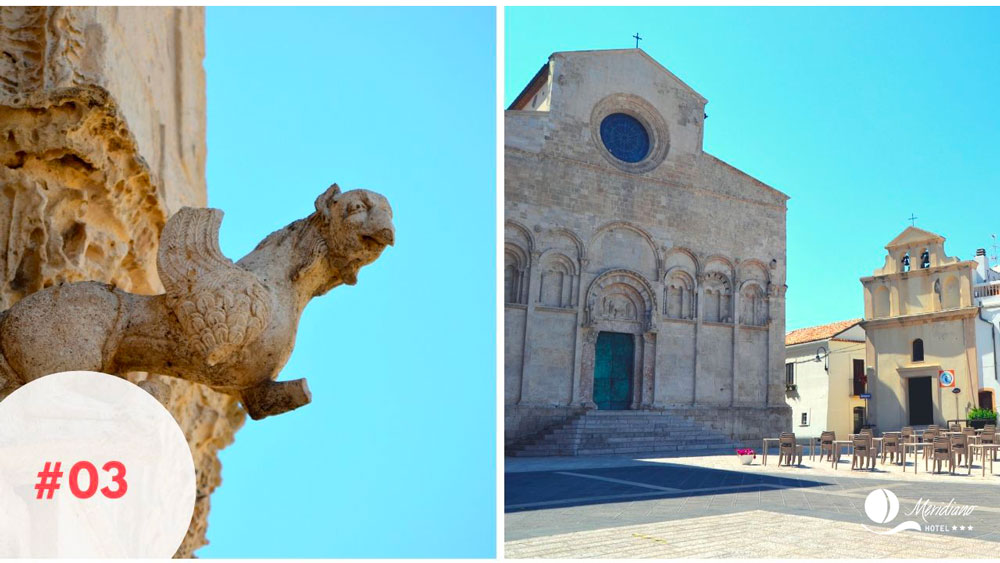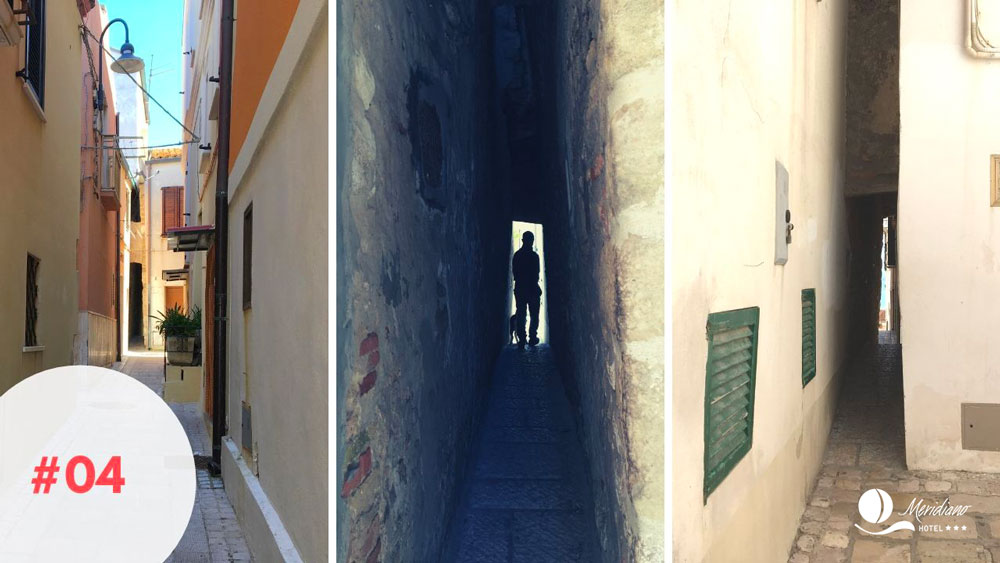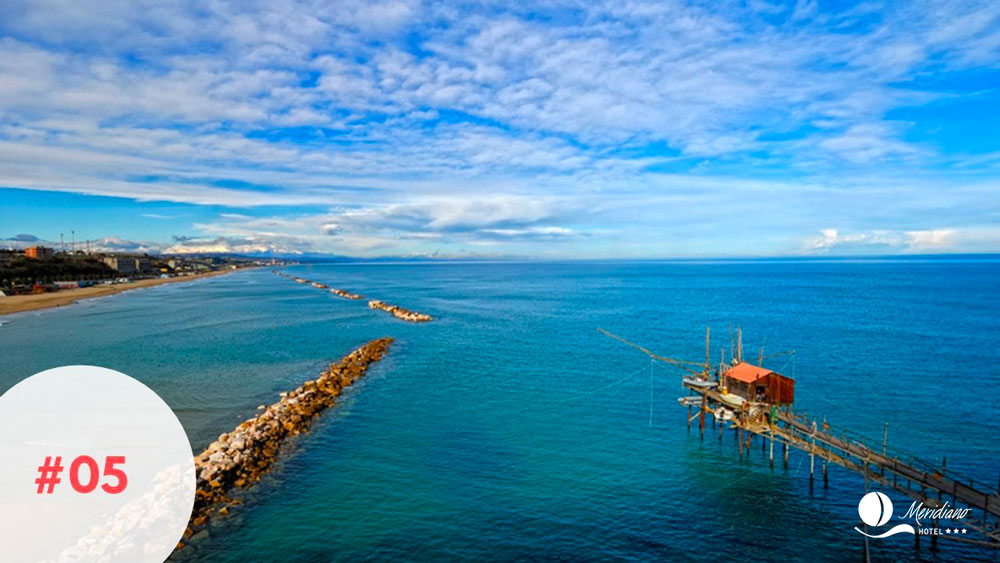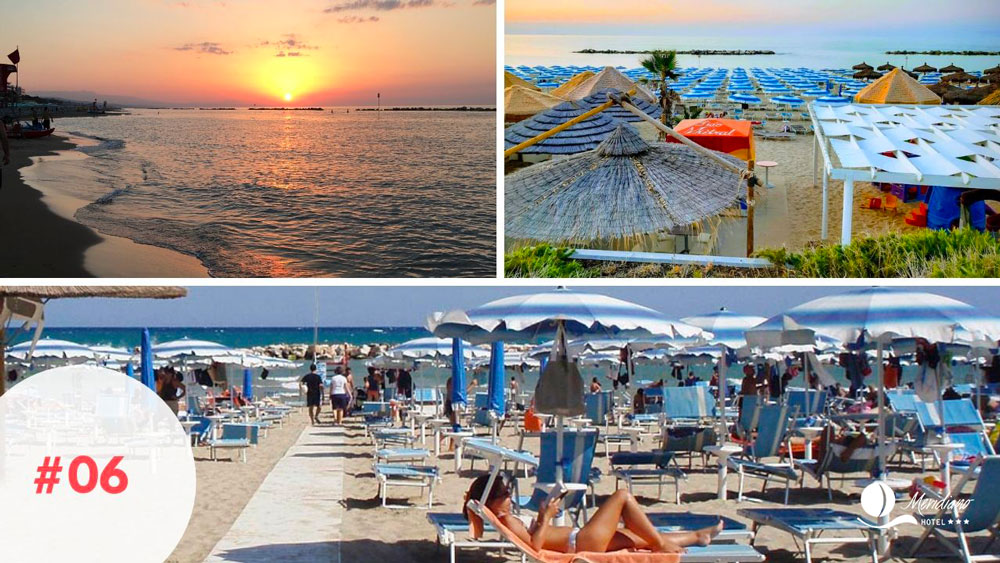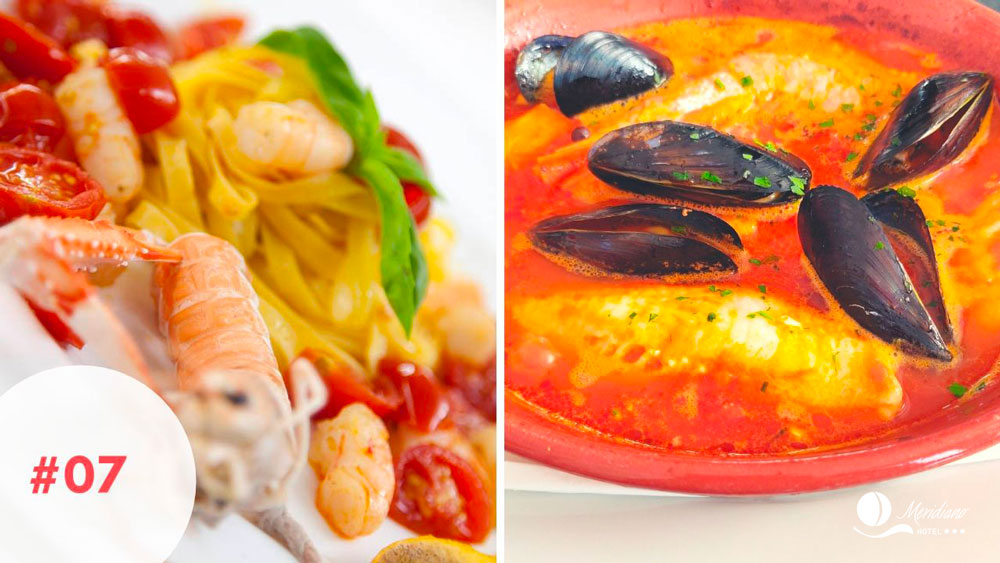It is the penultimate region of Italy in size, but it is rich in tasty and genuine typical products. We still talk about Molise and its centuries-old agricultural tradition which bases its enormous food and wine heritage on the production of simple food and raw materials.
Agnone's Caciocavallo
Fresh from the best Italian pasta filata cheese award, during the recent Italian Cheese Award 2019, the Agnese caciocavallo is a first choice appreciated all over the world. The recent recognition is a source of pride for the whole of Molise, which leaps to the top of the rankings, even surpassing Campania. It is a pasta filata cheese produced with 100% cow's milk, strictly local. It has a hard rind on the outside, of a color that varies from straw yellow to brown, depending on the degree of seasoning. Its origins are very ancient, it has been produced since the times of Magna Grecia. The particularity lies in the seasoning that takes place inside natural caves, after 20 days of maturation. The taste is delicate, but spicy lovers are delighted by the more seasoned caciocavallo, which acquires a more intense and sparkling taste.
The Pampanella of San Martino
Typical dish of San Martino in Pensilis (Cb), pampanella is found only in Molise. Its name derives from pàmpino, that is the leaf in which the meat was once wrapped before slow cooking. It is in fact pork spiced with garlic and chilli pepper and cooked in the oven, then seasoned with vinegar. The peculiarity of its processing lies precisely in the cooking: in the phase prior to the baking, the meat is covered with wet straw paper. Procedure that gives it an unmistakable softness and enhances its flavor. According to tradition, it was prepared only for local festivals: the chariot race on 30 April in honor of San Leo and the annual fair on 30 August. Currently, it is possible to taste pampanella all year round, thanks to the skill of the few local producers, who keep the traditional recipe unchanged.
La Pezzata
In a region with a strong pastoral vocation, la Pezzata represents one of the typical dishes in many villages. It is a dish made of boiled sheep meat, which requires a long cooking. If sheep meat usually has a very hard consistency and a decidedly intense flavor, it is precisely the many hours of cooking that make it soft and delicate for the palate. The secret? It should be cooked, according to tradition, in a copper container and flavored with vegetables, potatoes and various spices.
The Scarpelle
Also known with the dialectal name screpell, the scent of fried scarpelle marks the beginning of the Christmas holidays. They are made of a batter made from water, flour and beer yeast, fried in plenty of oil. They can be savored in the sweet version, if sprinkled with sugar, or salted. Those who prefer the second version often accompany them with marinated anchovies, cod or cauliflower. A simple dish, like the rest of Molise's gastronomy, but incredibly tasty, which brings together young and old. The scarpelle have been included in the list of traditional PAT brand food products.
The Torcinelli
Lovers of strong and decisive flavors will certainly appreciate this dish. The torcinelli are made with lamb waste, which otherwise would be thrown away: liver, tripe and entrails, carefully cleaned and inserted into the casing. They keep up the tradition, typical of southern Italy, to never throw food away. And what would we lose if we did! The traditional recipe wants them cooked on the grill but many also appreciate them stewed.
Ventricina
The ventricina of Montenero di Bisaccia (Cb) is an excellence of the Molise delicatessen, now also exported outside the regional borders. Made only with lean meat of pigs raised on the Molise territory. Its bright color comes from the dressing with paprika, salt and wild fennel, which need at least 24 hours to flavor the meat, before it is stuffed into the pig's bladder. Seasoning must never last less than a year and a half. The result? A spicy flavor at the right point and a real delight for the taste buds.
The Molise Composta
A fruit and vegetable preserve can seem singular, right? Yet it represents a gem of the Molise food and wine tradition. The composta is prepared with pears, eggs, tomatoes, carrots, peppers and onions, which are put in a terracotta pot and left to macerate for at least a month. A truly surprising taste ... try it!
The Tortarelli
A melon that looks like a vegetable: in Molise there is also this. Tortarelli are melons which, however, resemble cucumbers in shape, color and flavor. They are mainly enjoyed in salads and besides being tasty, they are also very digestible.
The Pietracatella cheese
Produced in the small town of Pietracatella, it preserves its origins intact in its preparation. The maturation takes place inside the mogie, tufa caves typical of the Molise country. It has a wrinkled and yellowish rind and inside it has a very soft and moist paste. It can be eaten mainly as an appetizer or accompanied by vegetables.
The Treccia of Santa Croce
It is not a simple cheese, but a real work of art. It is a semi-hard pasta filata cheese produced with cow's milk. During the preparation, this pasta is cut into strips and spun with boiling water. Subsequently, the threads obtained are firmed first in cold water and then in salted water. At this point, they reach the right consistency to be worked and are then placed on a cotton cloth to form a braid. Typical cheese of the feasts of Our Lady of the Crown and of the Patron Saint James, during the celebrations the treccia is carried on the shoulder by the shepherds, as if it were a bag.
The Molise Truffle
Molise is one of the major national truffle producers: in fact, it boasts 40% of the Italian production of the prized white truffle. The Isernian hinterland - mainly the territories around Carovilli, San Pietro Avellana, Capracotta and Boiano - is rich in this precious product. The search for the truffle requires patience and devotion but, once discovered, you have the feeling of having found a treasure. A bit like what happens to those who discover our small region?
